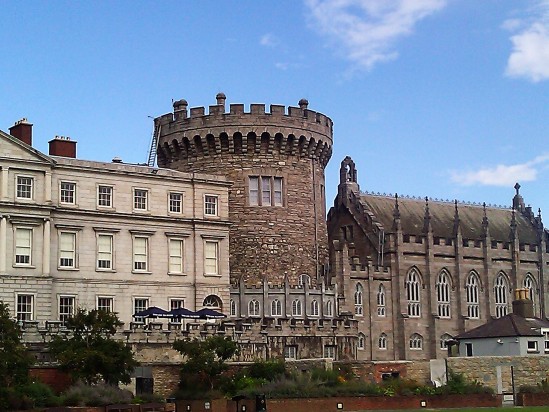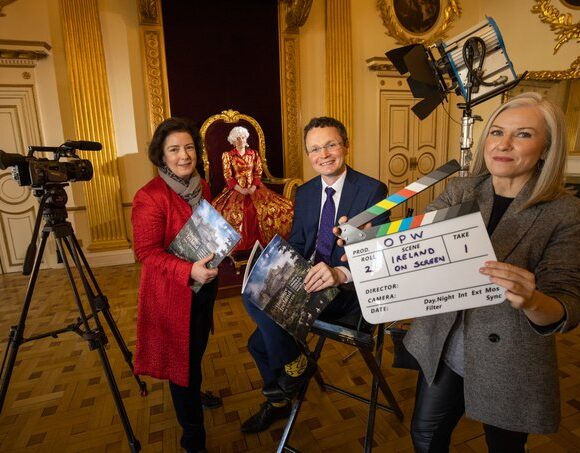Minister for Tourism, Culture, Arts, Gaeltacht, Sport and Media, Catherine Martin TD, has opened a new exhibition in the Coach House, Dublin Castle, which reflects aspects of life in independent Ireland, as revealed in the records of the state.
The exhibition, Society and State – Ireland through its Records, presented by the National Archives, showcases a selection of records which chronicle how the state and Irish society interacted from the 1920s to the end of the twentieth century.
The exhibition opens on the 75th anniversary of Ireland becoming a Republic, this week in April 1949. Images of this event are included in the exhibition.
Speaking in advance of the exhibition launch, Minister for Tourism, Culture, Arts, Gaeltacht, Sport and Media, Catherine Martin said, “Since 2012, the Decade of Centenaries marked the centenaries of the revolutionary era that concluded with partition, civil war, and the creation of the independent Irish state. It makes sense, then, that after the conclusion of the Decade of Centenaries, we should lift our heads up to gaze beyond 1923, to explore the society that emerged thereafter.
“As we approach the National Archives’ release (in 2026) of the 1926 Census, the first comprehensive and official accounting of the state that had so recently come into being, we look back on the official records held in the National Archives and explore what they reveal about life in Ireland since it came into being over a century ago.”
This first census of the Irish Free State provided the government of the day with a statistical picture of Ireland, and its people. This population information supported the government in planning for its citizens in the decades ahead.
This exhibition begins with the 1920s and 1930s as a period of post-independence expansion and a newfound freedom after centuries of British rule, and ends with the 1990s, with the increasing liberalisation of Irish society, and the emergence of the so-called Celtic Tiger.
The records on view, representing these years and the many events and moments they marked, end just as we approach the noughties, given that most records of the state do not transfer to the National Archives until they are 30 years old.
Orlaith McBride, Director of the National Archives said, “Despite the economic challenges faced by the new state, a programme of development began in the 1920’s. From the provision of social housing to the introduction of water and sewerage schemes, from the electrification of rural Ireland to the expansion of a public transport network, over the decades the physical infrastructure of the country was transformed and modernised.
“Policies for the promotion of the Irish language were introduced, symbols of Ireland such as the Irish harp, the ‘punt’ were produced and public morality was shaped by the increasingly central role played by the Catholic Church in the affairs of State.
“From 1926, a census was conducted every 10 years mirroring the evolving state. From emigration to economic growth, from free secondary education to the lifting of the marriage bar, the twentieth century witnessed transformative improvements in public services in Ireland as well as momentous social and cultural changes. A nation was built.”
This exhibition charts that journey through the official records of the state held in the National Archives, and will later travel to the National Ploughing Exhibition, in September, to reach a wider audience.
(Source: Department of Tourism, Culture, Arts, Gaeltacht, Sport and Media)













